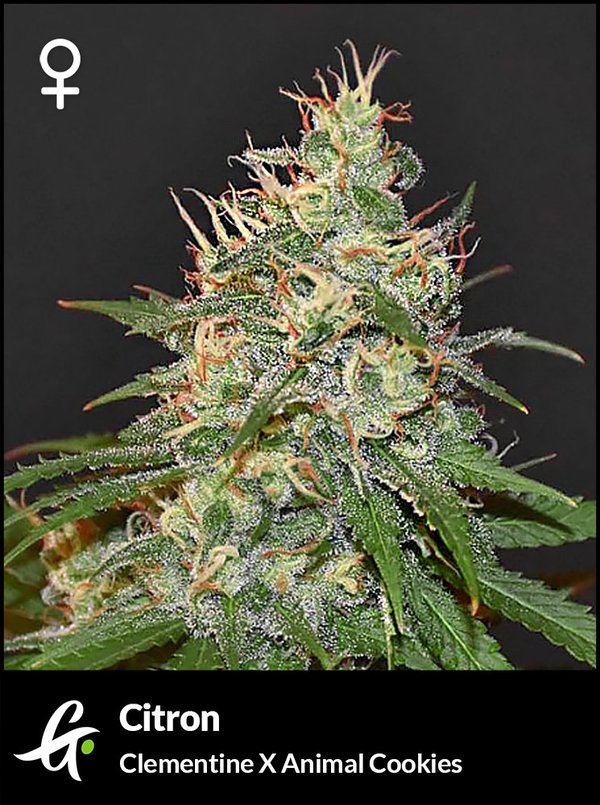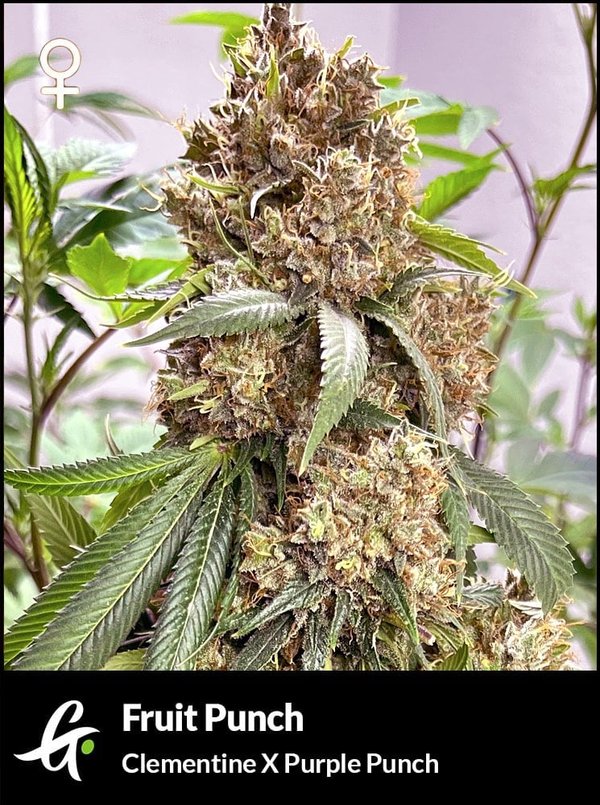Powdery Mildew on Cannabis
Affiliate Disclosure: As an Amazon Associate, we may earn commissions on qualifying purchases from Amazon.com.
Powdery mildew is one of the most dreaded cannabis diseases among growers. This pesky fungus often is challenging to identify, treat, and prevent. Once you notice those little white spots on the leaves of your plants, you’ll need to act fast to get it under control before it takes over the garden.
Fortunately, there are numerous ways to prevent and combat powdery mildew on cannabis plants. This article will describe what powdery mildew is, how to treat it, and how to avoid an outbreak in the grow room.
What Is Powdery Mildew?
Powdery mildew is a fungal disease that affects a wide variety of plants. Unfortunately, cannabis is one of them. This type of plant-pathogen is classified as an obligate biotroph, meaning it derives nutrients from plant tissues and cannot grow apart from its host.
What makes powdery mildew so vexing is that it can live inside the plant tissues and remain undetectable for weeks. Once it begins to sporulate, growers may notice small, white patches on the leaves and buds of their cannabis plants.
As the disease progresses, it can weaken the plants, leaving them defenseless against pests as well as other diseases. If left unchecked, this pathogen can cause the leaves and buds of the cannabis plants to turn yellow, dry up, and eventually die.
What’s worse, cannabis infected with powdery mildew should not be consumed in any fashion. Inhaling the fungal spores may cause chest pain, fever, coughing, wheezing, and other unsavory symptoms. Additionally, eating powdery mildew-infected cannabis may cause allergic reactions in some users. For these reasons, it is essential to prevent powdery mildew outbreaks before they have a chance to ruin your precious cannabis plants.
What Causes Powdery Mildew?
Unlike most types of mildew, powdery mildew thrives in warm and dry environments. This pathogen typically attacks when the cannabis leaves are dry, the lighting is dim, the humidity is high, and the temperature is moderate.
This pathogen usually becomes problematic during late early spring and early summer nights, when the temperature is cool and humidity rises. However, powdery mildew can take hold in the garden at any time of year. Once the pathogen infects the plants, it can proliferate regardless of the humidity, temperature, or lighting.
How To Treat Powdery Mildew on Cannabis
Although powdery mildew is tough to beat, there is a wide variety of effective treatments. Because this pathogen can quickly take over the garden, you should seek a powdery mildew treatment as soon as you identify a possible infection.
Fungicidal Sprays
Fungicidal sprays are among the best powdery mildew treatments. Potassium bicarbonate is a readily available contact fungicide that will eliminate powdery mildew spores rapidly. This treatment is approved for organic gardening, making it an excellent choice for cannabis cultivators.
You can create an effective foliar spray by mixing a half teaspoon of soap and tablespoon of potassium bicarbonate into a gallon of water. Spray this solution onto the leaves of the plants once a week to thwart powdery mildew infections.
Neem Oil for Powdery Mildew
Neem oil is a popular insecticide that is used by many cannabis growers around the world. What you might not know is that this vegetable oil can also treat and prevent powdery mildew occurrences. While it may not be as effective as most fungicidal sprays, it can certainly help to kill fungal spores on plants.
If you elect to use neem oil as your powdery mildew cure, it is imperative to begin treatment as soon as you notice an infection. To make a foliar spray, mix a teaspoon of neem oil into a liter of warm water and add a drop or two of a mild liquid soap. Mix the solution thoroughly, let it cool, and then spray the leaves of the cannabis plants once a week.
It is important to note that neem and fungicidal sprays should only be used on plants that are in the vegetative growth period. Once the plants begin flowering, you should avoid spraying the buds with anything other than water. Any foreign substances that come into contact with the flowering plants may contaminate the buds.
Best Applicator for Powdery Mildew Treatments
A simple spray bottle makes for an effective foliar sprayer. This type of applicator is affordable, easy to use, and typically allows you to adjust between a fine mist and a solid stream.
A garden pressure sprayer is an excellent tool for applying powdery mildew treatments. These applicators typically provide a finer mist than a regular spray bottle, which may help to prevent leaf burn. They also generate a bigger stream than standard spray bottles, allowing growers to treat a large garden quickly.
Powdery Mildew Prevention
Rather than waiting until powdery mildew infects your cannabis plants, it’s best to prevent this pathogen from becoming a problem in the first place. There are numerous steps growers can take to help prevent fungal disease in the grow room.
Grow Powdery Mildew Resistant Strains
Fungal diseases are tough to avoid, especially for outdoor growers. One of the easiest ways to prevent an outbreak is to grow hardy cannabis strains that are resistant to powdery mildew. Below are some of our top picks for disease-resistant strains:
Regulate the Humidity
High humidity is the perfect environment for fungus and mold growth. Keep your plants healthy and disease-free by using a humidifier or dehumidifier to regulate the humidity of the grow area. A relative humidity level of between 40 percent and 60 percent is ideal for preventing fungal outbreaks.
Provide Plenty of Air Circulation
Overcrowded grow rooms are the ideal place for fungal outbreaks. Make sure to space your plants apart and prune them regularly to promote airflow. An oscillating fan will ensure you get plenty of airflow throughout the canopy. Also, consider investing in a HEPA air filter to capture fungal spores and prevent them from reaching the plants.
Decontaminate Your Grow Room
Maintaining a clean environment is one of the best ways to prevent most plant diseases. You can use hydrogen peroxide to clean your equipment, including fans, air ventilation-ducting, and gardening tools. Don’t forget to sweep or vacuum regularly to get rid of dust and plant debris. You should also consider changing your clothes and washing your hands before entering the grow room, especially if you’ve been outside or around other plants.
Inspect Your Clones or Buy Cannabis Seeds
Anytime you bring new clones into the garden, you put your plants at risk of being exposed to pests and diseases. If you choose to buy clones, acquire them from a trustworthy source and carefully inspect them before bringing them into the grow room.
The safest way to grow new strains is to purchase cannabis seeds from a reliable seed bank. By starting from seed rather than a clone, you can ensure that no pests or diseases can make their way into the grow room.
Looking for more information about powdery mildew treatment and prevention? Check out these recommended cannabis cultivation books:
Photo/Grow Credits: @gardenjourney1 (2021)






Fire 🔥
Great 👍 advice